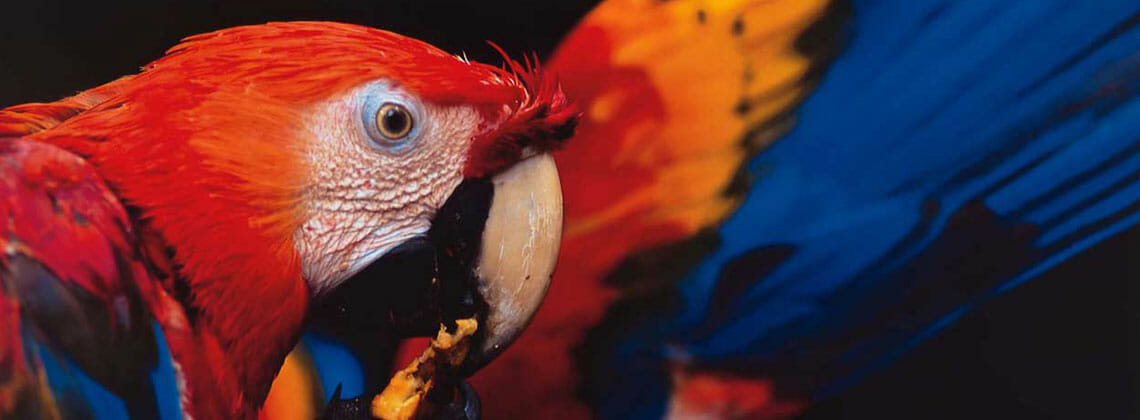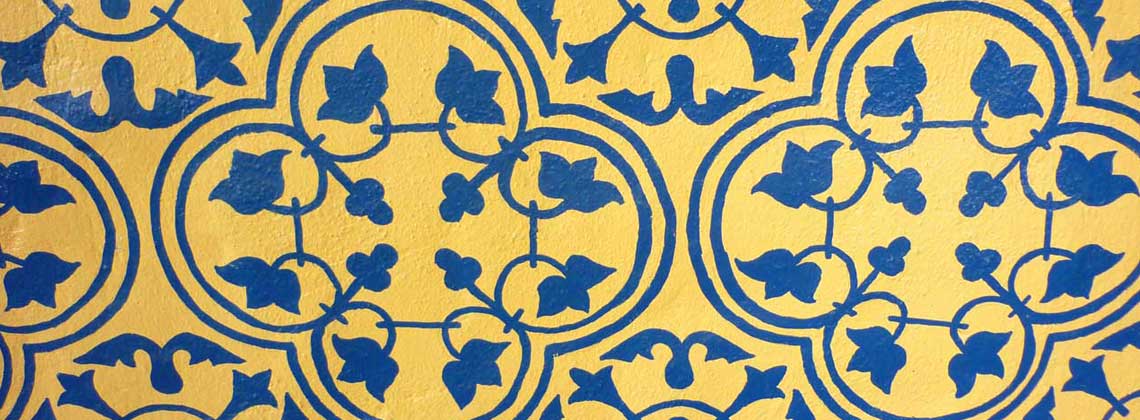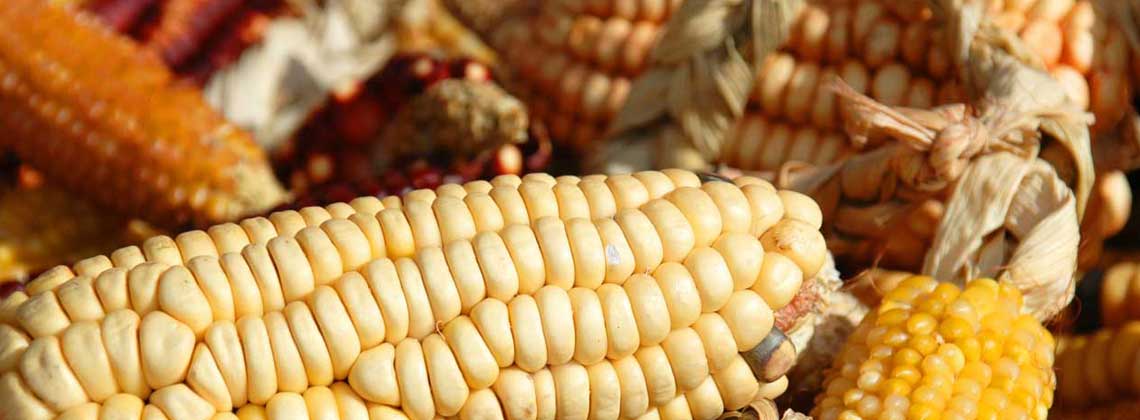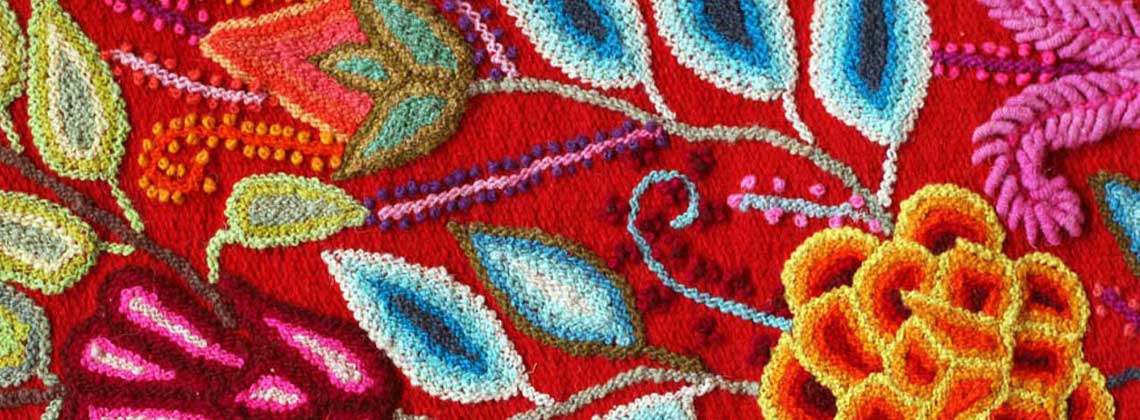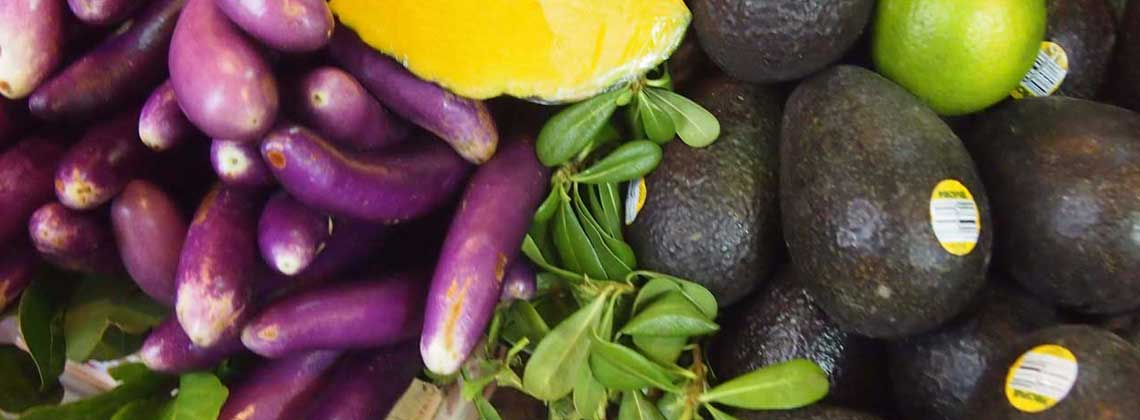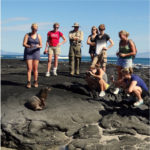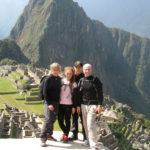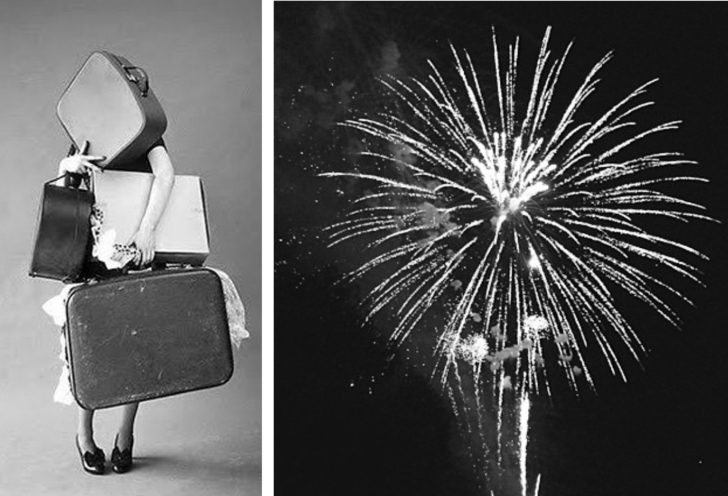
Left photo via WikiHow.
This New Year’s Eve, citizens across the United States will be watching the ball drop in Times Square, singing a round of Auld Lang Syne, and ooh-ing and ahh-ing as fireworks light up the sky. Meanwhile, New Year traditions around South America will also take place, some very similar to our own and some unique to each region or country.
New Year’s Eve Traditions Around South America
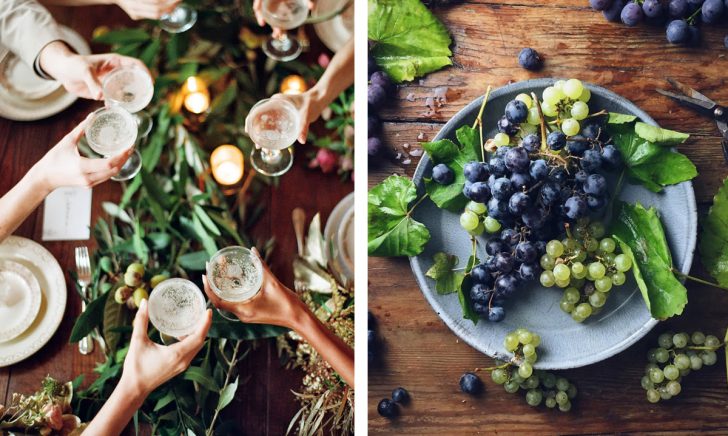
Left photo via Eat Cake For Breakfast. Right photo via The Broken Bread.
Although Latin America is full of a diverse mix of cultures, people, and landscapes, they have many shared traditions and superstitions when it comes to New Year’s Eve.
- For much of Latin America, New Year’s Eve begins with a large, traditional meal with family and close friends, and as is true in the U.S., it is common to see fireworks throughout the night.
- Many meals and superstitions revolve around lentils. Lentils can symbolize prosperity and good fortune and, in many countries, they are a typical meal at midnight. In other countries, lentils are stuffed into pockets and purses for a new year of abundance. Venezuelans wrap 12 lentils in a money bill to improve financial well-being for the year to come. This symbolism was brought over from Europe, where the round, coin-like shape and expansion when cooked have caused these beans to traditionally represent financial prosperity.
- If you’re looking for happiness and prosperity in the new year, make sure you are wearing yellow underwear. If you are looking for love, red is the way to go. Extra luck is bestowed upon the wearer if the underwear is new and was received as a gift. Many countries also believe that you should wear your underwear inside-out before midnight, and after the clock strikes twelve you should turn it right-side out.
- Looking to travel more in the upcoming year? Grab an empty suitcase and take a turn around your house or block to improve your chances of seeing the world.
- A popular tradition that was borrowed from Spain is the consumption of 12 grapes as the clock chimes 12. This tradition is said to bring luck, and in some countries you make wishes with each grape.
- To get rid of any bad vibes, many countries choose fire. While Chileans prefer the practice of writing down the things you would like to change on a slip of paper and then burning it, Colombia, Peru, Ecuador and Paraguay build dolls or effigies, dressed in old clothes or with the faces of unpopular cultural figures, that are set ablaze at midnight.
- A less dangerous way to “send out the old” is to sweep your house and make sure that everything is spic and span to begin the year fresh, and with positive energy.
- For those with specific goals in mind, there is the practice of burning candles. Depending on your goals, a different color candle is burned – blue for peace, red for love, orange for creativity, and green for health.
- Proximity to money is also an important theme. In many countries, you need to have your cash in hand to assure fortune, while in others you must put it in your shoes. Ecuadorians hide their money around the house.
- Champagne and other spirits are also commonly consumed, and many believe that dropping a gold ring into your flute can bring luck and prosperity.
New Year’s Eve Traditions By Country

Photo of the Guerra de Sidra in Uruguay via Cristian Domingues.
Additionally, each country has its own special traditions.
Argentina: As the New Year occurs in summer in South America, many Argentines have adopted the tradition of spending the holidays at the beach. Swimming, having barbecues, and spending time with family and friends while enjoying the lakes, rivers, and ocean that the country enjoys is a popular way to celebrate.
Bolivia: In order to make your unrequited love notice you, you must stand up and sit down 12 times. Then, tie a red ribbon around picture of person you love, and sleep with the picture under your pillow.
Brazil: Brazil is a country steeped in religious and secular traditions. During the Iemanjá Festival, which usually occurs on New Year’s Eve, followers of the Umbanda religion wear white and go to the beach to offer flowers and gifts to Iemanjá, the goddess of water. Many Brazilians also adhere to the Lucky 7 rituals: eat 7 grapes for abundance, chew 7 pomegranate seeds for prosperity, or jump over 7 waves, making a wish on each wave.
Chile: Noted as one of the strangest New Year’s Eve celebrations in the world, Chileans in the small town of Talca celebrate the occasion with their dearly departed in the cemetery.
Colombia: Many Colombians place 12 shafts of wheat on their dinner table to ensure an abundance of food in the year to come.
Ecuador: Ecuador is one of the countries that burn effigies, so they have developed the tradition of the viudas, or “widows.” The viudas are men dressed as the widows the effigies that are going to be burned who take over the streets, dancing and blocking traffic until they receive spare change for permission to pass.
Paraguay: As residents of 1 of only 2 land-locked countries in South America, many Paraguayans prefer to ring in the new year cruising the lakes and rivers of the country.
Peru: In Peru and Colombia, you can predict your financial situation for the upcoming year with potatoes. Take one fully-peeled, one half-peeled, and one unpeeled potato, and throw them under the bed. Then without looking, grab the first potato you encounter. If you chose the unpeeled potato, you will have good fortune in the year to come. If you chose the half-peeled potato you will have a normal year, and if you were unfortunate enough to pick the fully-peeled potato, you will have financial trouble.
Uruguay: While many South Americans have the tradition of throwing a pan or glass of water out of the window to rid themselves of the bad luck of the past year, Uruguayans takes it to the next level with the Guerra de Sidra (The Cider War Festival) in Montevideo. During this time, anyone who visits the Port Market is fair game as cider, beer, and water fights break out.
How will you be celebrating New Year’s Eve? Are you going to try any of these South American traditions? Let us know in the comments!
Con cariño, Krista
 Krista is part of the Operations team at Knowmad Adventures, a company dedicated to creating unique, private and custom trips in South America. She has lived in six countries on four continents and visited more than fifty countries, but is now settled back in her home state of Minnesota where she loves sharing her passion and knowledge with fellow travelers.
Krista is part of the Operations team at Knowmad Adventures, a company dedicated to creating unique, private and custom trips in South America. She has lived in six countries on four continents and visited more than fifty countries, but is now settled back in her home state of Minnesota where she loves sharing her passion and knowledge with fellow travelers.

